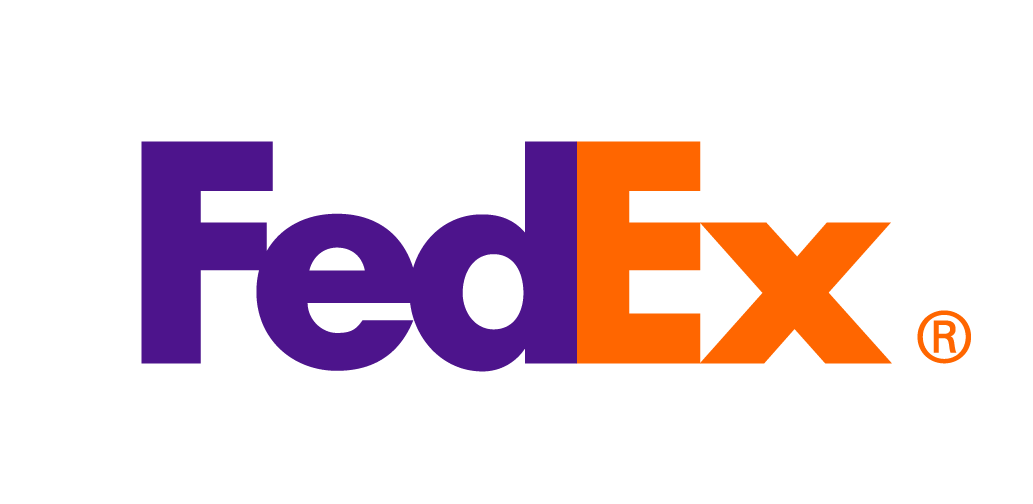
As part of optimizing your cash flow, it’s important to consider how much time you will give your clients and customers to pay your business upon receipt of a product or invoice. For B2C companies, customers usually pay at the point of sale. For B2C companies, offering net terms can differentiate your business from its competitors and help you manage accounts receivable. Here’s what to know about net 30, net 60, and net 90, and whether these payment terms are right for your business.
[Read more: Accounts Payable vs. Accounts Receivable: What's the Difference?]
What are net terms?
Net terms dictate how long a customer has to remit payment upon receipt of an invoice. For instance, net 30 means the customer has 30 days to settle their account, net 60 allows for 60 days, etc.
Some businesses offer discounts that encourage a customer to settle their account before the net period is over. If an invoice payment term is “5% 10 net 30,” this means the client can receive a 5% discount if their invoice is paid within 10 days; otherwise they must pay the full amount within 30 days. This incentivizes clients to pay sooner, rather than later.
Advantages of offering net terms
There are some advantages for businesses that are able to offer net terms to their clients. “Generally speaking, business owners who offer net terms are able to drive more sales than those that do not because they’re able to sell to clients that have cash flow problems,” wrote FreshBooks. “In other words, they use trade credit to gain a competitive advantage over their peers who refuse to be as flexible.”
Net terms can also help you build stronger client relationships over time. Net terms are often helpful to B2B companies that are also trying to manage and smooth their cash flow. When you make your clients’ lives easy, they’re more likely to continue doing business with you—and may even recommend your business to other customers.
Some businesses offer discounts that encourage a customer to settle their account before the net period is over.
Disadvantages of net terms
Net terms do have some drawbacks. Despite offering generous net terms, expect that not every client will pay you on time. Some customers may never complete payment, increasing your bad debt. This can lead to cash flow problems and negatively impact your bottom line.
Likewise, cash flow problems can spring up if you misjudge your own accounts payable, and offer net terms that don’t provide you the capital to pay on time. Assume that every customer will max out their net terms—meaning if you offer net 30, assume the customer will pay on Day 30. It takes careful planning to make sure you set net terms that allow you to keep your own invoices paid on time.
Lastly, consider the risks of offering early payment discounts. “Discounts create thinner profit margins,” wrote The Fool. If a client takes you up on a discount to your net 60 terms, your profit margin will shrink. If all your clients take you up on the discount terms, your profit margin could shrink a little too much.
What do net terms mean for your accounting?
Net terms could mean extra work for your team. “[N]et term financing requires additional administrative work from your accounting department,” wrote FreshBooks. “You’ll have to keep track of which accounts owe what, when payments are due, which clients take advantage of early payment discounts, and which don’t pay on time.”
One solution to this potential challenge is to set up an automatic recurring payment solution for your long-term customers. If your business offers a consistent set of services charged at the same rate each month, you may be able to set up a way to charge your customer’s account on a regular cadence. This smooths out the entire billing process and makes your cash flow more predictable.
[Read more: Accounting Guide: Cash Basis vs. Accrual Basis]
CO— aims to bring you inspiration from leading respected experts. However, before making any business decision, you should consult a professional who can advise you based on your individual situation.
CO—is committed to helping you start, run and grow your small business. Learn more about the benefits of small business membership in the U.S. Chamber of Commerce, here.










